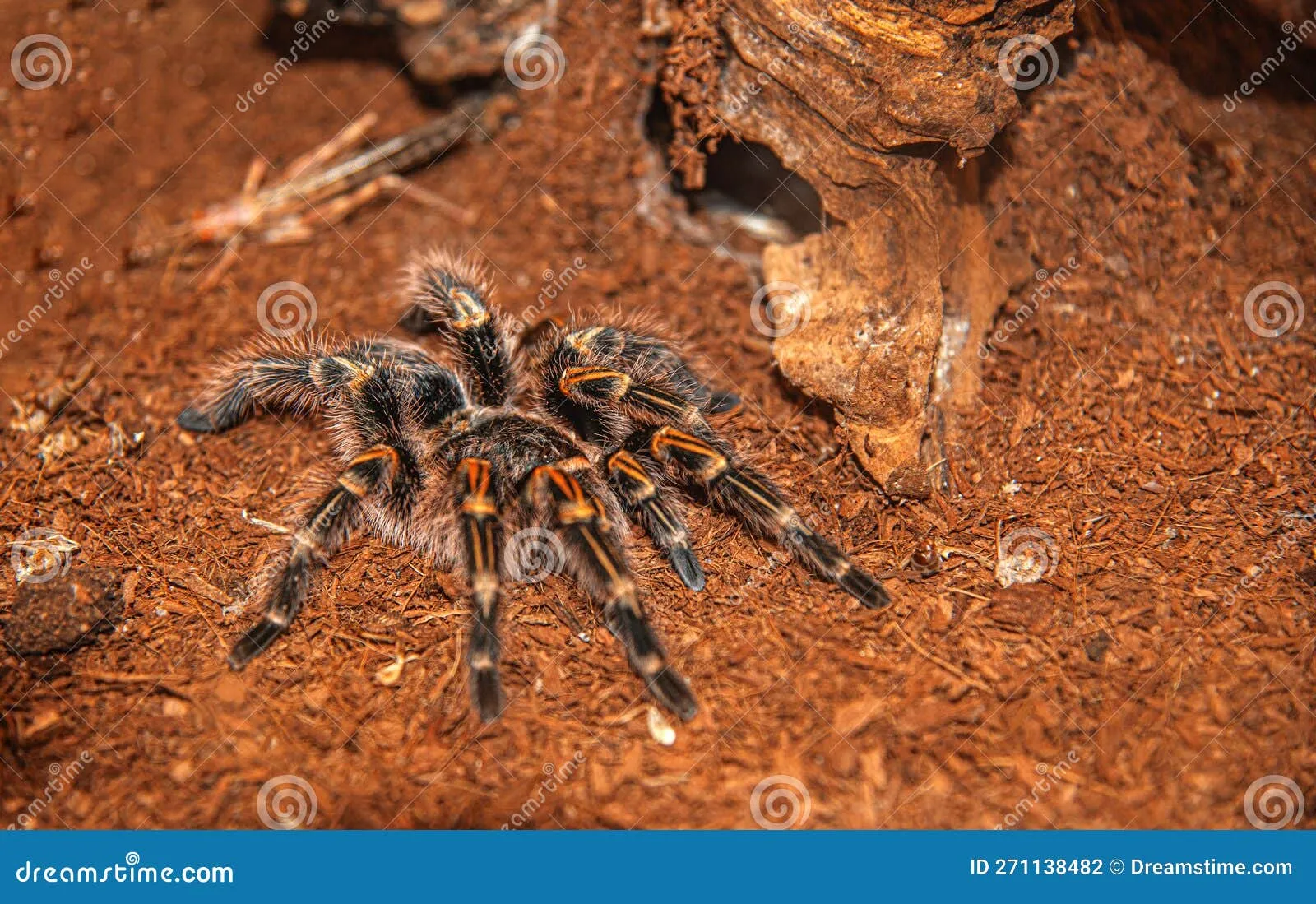What is a Tarantula?
Tarantulas are large, hairy spiders belonging to the Theraphosidae family. They are known for their impressive size, with some species having leg spans exceeding 10 inches. These fascinating creatures are found in various habitats around the world, from deserts and grasslands to rainforests. While often feared, tarantulas play a vital role in their ecosystems as predators, helping to control insect populations. They are also popular pets, with many enthusiasts appreciating their unique characteristics and relatively docile nature. Understanding the basics of tarantulas is essential for differentiating them from other spiders and appreciating their place in the natural world. The name “tarantula” is often associated with the tarantella dance, a traditional Italian folk dance, though the connection is not directly related to the spider itself. Furthermore, their diverse coloration and patterns make them a captivating subject of study and admiration.
Appearance and Physical Characteristics
Tarantulas have distinct physical features that set them apart. Their bodies are divided into two main parts: the cephalothorax (fused head and thorax) and the abdomen. The cephalothorax houses the eyes, mouthparts, and legs, while the abdomen contains the internal organs. One of the most striking characteristics is their hairy appearance. They possess a dense covering of setae (tiny hairs) that provide sensory information and, in some species, can be used defensively. Coloration varies widely, ranging from browns and blacks to vibrant blues and oranges, depending on the species and habitat. These colors can serve as camouflage, helping them blend into their surroundings or as a display, particularly during mating rituals. The presence of large fangs (chelicerae) is also a key feature, used for injecting venom into their prey. The overall size of tarantulas is impressive, making them one of the largest spiders on Earth, a characteristic easily recognizable compared to most other spiders.
Size and Body Structure
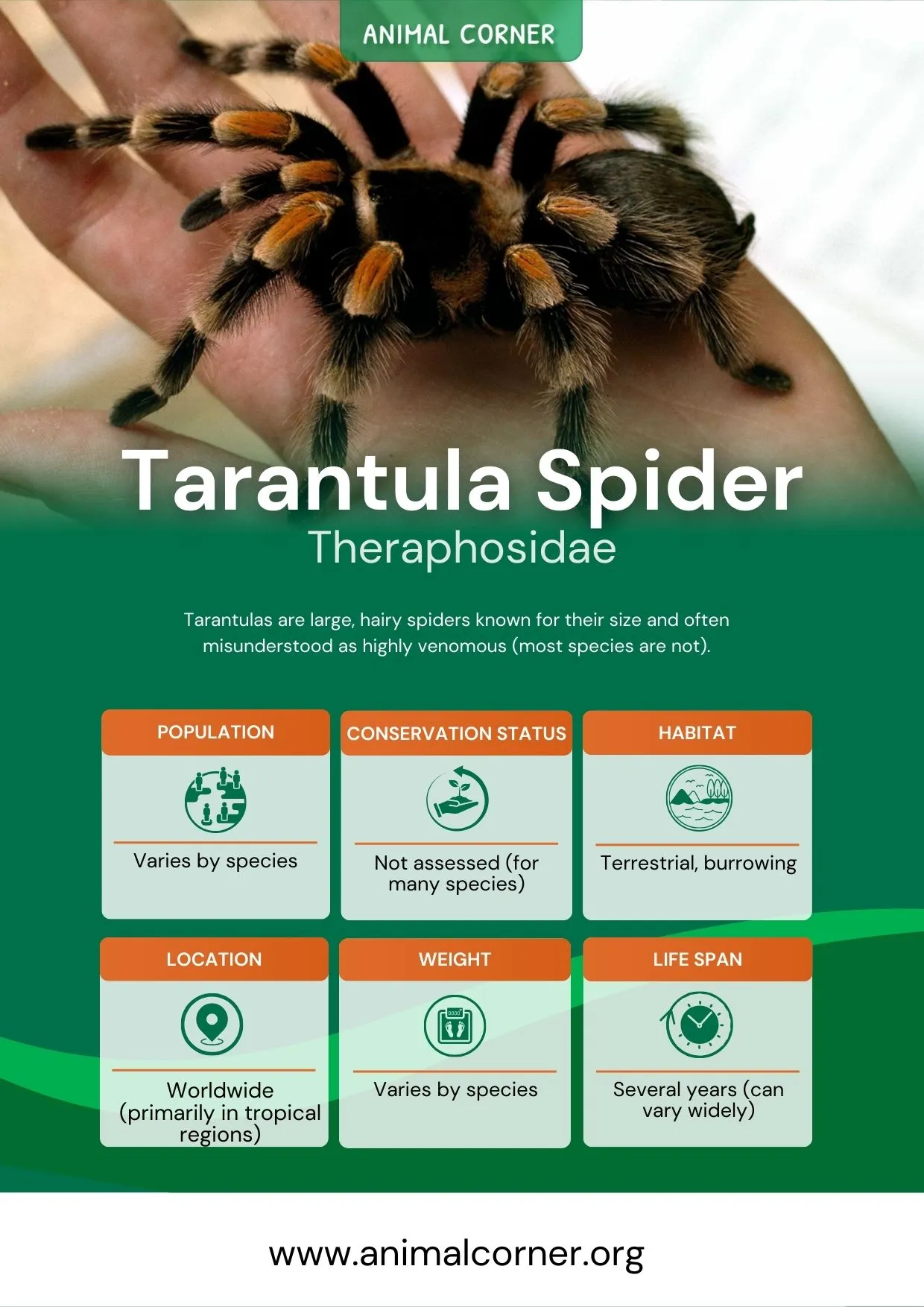
The size of a tarantula is a significant distinguishing factor. While spider sizes vary widely, tarantulas are generally much larger than most other spiders. Their body structure contributes to their size, with a robust cephalothorax and abdomen. Leg span is often used to measure tarantulas, which can range from a few inches to over 10 inches in some species. This considerable size is a direct result of their predatory lifestyle, needing a larger body to overpower prey. The body shape of a tarantula is generally stocky and robust, in contrast to the often slender and elongated bodies of other spiders. Understanding these size differences can be a quick way to identify a tarantula, especially when observing them in their natural habitat or comparing them to other arachnids you encounter. The larger size also impacts their behavior, movement, and the type of prey they can successfully capture.
Hair and Setae
The presence of hair, or setae, is another key characteristic. Tarantulas are covered in a dense coat of these tiny hairs, which serve various functions. Some setae are sensory, helping the tarantula detect vibrations and air currents, while others are defensive. Many tarantula species have urticating hairs on their abdomen that they can flick at predators, causing irritation. The appearance of these hairs can vary; some are long and silky, while others are shorter and more bristly. The type and distribution of setae can also help in identifying specific tarantula species. Spiders, in general, also have hairs, but the density and the presence of specialized defensive hairs are what set tarantulas apart. Examining these hairs under magnification can be a significant aid in identifying tarantulas and understanding their defense mechanisms.
Habitat and Location
Tarantulas are found in a wide range of habitats, from tropical rainforests to arid deserts. Their geographical distribution is extensive, covering regions in North and South America, Africa, Asia, and Australia. They are typically terrestrial, living in burrows, under rocks, or in the leaf litter. The specific habitat of a tarantula depends on the species, with some preferring humid environments and others adapted to drier conditions. The type of habitat also influences their behavior, such as their hunting strategies and the construction of their burrows. Understanding the typical habitat of a tarantula can provide clues to their identification, especially in specific regions. These arachnids often camouflage themselves well within their environment, using the color and texture of their surroundings to their advantage.
Behavior and Temperament
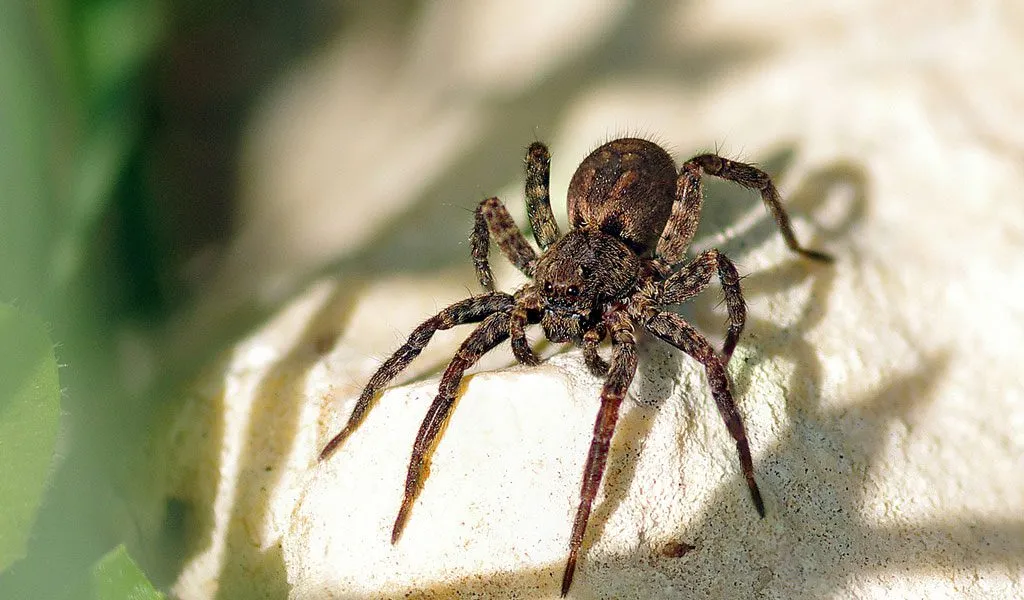
In terms of behavior, tarantulas are generally nocturnal hunters, active during the night when they search for prey. Their temperament varies by species, with some being more docile and others more defensive. They are not aggressive by nature, but they will bite if provoked or feel threatened. Tarantulas employ a variety of hunting strategies, including ambush tactics where they wait for prey to come within striking distance. They use their fangs to inject venom, which immobilizes the prey. Their behavior is also influenced by environmental factors such as temperature and humidity. During mating season, males become more active, searching for females, and displaying various courtship rituals. The study of their behavior is crucial not only for identifying them but also for understanding their role in the ecosystem and their interaction with other species. The behavioral patterns of tarantulas can provide fascinating insights into their way of life.
Hunting and Feeding Habits
Tarantulas are primarily carnivores, with their diet consisting mainly of insects, but they also consume other invertebrates and small vertebrates. They are opportunistic feeders, meaning they will eat whatever prey they can catch. Their hunting skills are highly developed, relying on their speed, venom, and sensory hairs to capture their meals. Tarantulas ambush their prey, waiting patiently for an unsuspecting insect or small animal to come within range. They then quickly strike, injecting venom to subdue their target. The venom breaks down the prey’s tissues, allowing the tarantula to suck up the liquefied meal. The size of the prey varies depending on the tarantula’s size, with larger species able to tackle larger meals. Understanding the hunting and feeding habits of tarantulas provides insight into their ecological role as predators and their place in the food chain. They are a key component in controlling invertebrate populations, making them a vital part of their ecosystem.
What is a Spider?
Spiders are a diverse group of arachnids, characterized by their two-part body, eight legs, and the ability to produce silk. They are found in almost every habitat on Earth, excluding extreme environments such as the open ocean and the Antarctic. Spiders are incredibly adaptable, exhibiting a wide range of behaviors and physical characteristics. They play a crucial role in ecosystems as predators, helping to control insect populations. Spiders come in countless shapes, sizes, and colors, with each species adapted to a specific niche. Their unique ability to create silk, used for webs, nests, and trapping prey, sets them apart. The study of spiders, or arachnology, is a fascinating field that unveils the complexity and diversity of these remarkable creatures. Understanding what defines a spider is the first step in differentiating them from other arachnids, including tarantulas.
Appearance and Physical Characteristics
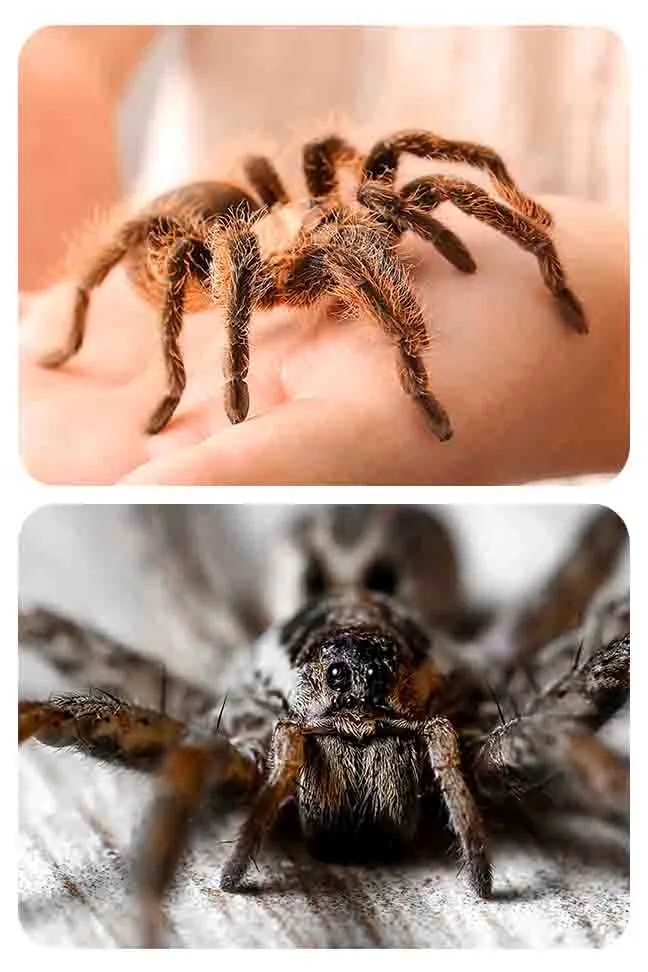
Spiders have a body divided into two main sections: the cephalothorax and the abdomen, similar to tarantulas. However, the body shape of many spiders is often more elongated and less bulky than that of a tarantula. They have eight legs, which are used for walking, climbing, and capturing prey. Their eyes vary depending on the species; some spiders have excellent eyesight, while others rely more on vibrations and touch. Coloration varies widely, ranging from drab browns and blacks to vibrant colors that may serve as camouflage or attract mates. The presence of spinnerets at the end of their abdomen is a key characteristic, as these are the organs that produce silk. The physical features of spiders have adapted over time, allowing them to live in many different environments and thrive in their specific niches.
Size and Body Structure
Spiders vary in size, with some being microscopic and others being quite large. Body structure is a key differentiator. While tarantulas are generally larger, some spiders can still reach impressive sizes. However, in general, spiders have a less stocky build than tarantulas. The legs of many spiders are slender and elongated, allowing them to move quickly and build intricate webs. The abdomen can vary in shape and size, depending on the species, and may be used to store food or for reproduction. Size and body structure directly impact the spider’s abilities, including its ability to catch prey, build webs, and navigate its environment. This is a crucial factor to note when trying to tell apart a tarantula from other spiders.
Hair and Setae
Similar to tarantulas, spiders also have hairs, or setae, covering their bodies. These hairs serve a variety of functions, including sensory perception and defense. However, the type and density of the hairs vary depending on the species. Some spiders have specialized hairs that aid in web construction, while others have hairs that can detect vibrations in their surroundings. The density of hairs and the specific type of setae on a spider can be used to help identify it. In many cases, the hairs on spiders are less dense and less specialized for defense compared to tarantulas. Analyzing the hairs can be a valuable tool in distinguishing between different spider species and understanding their ecological roles. The study of setae offers insights into how spiders interact with their environment and the diverse methods they employ for survival.
Habitat and Location
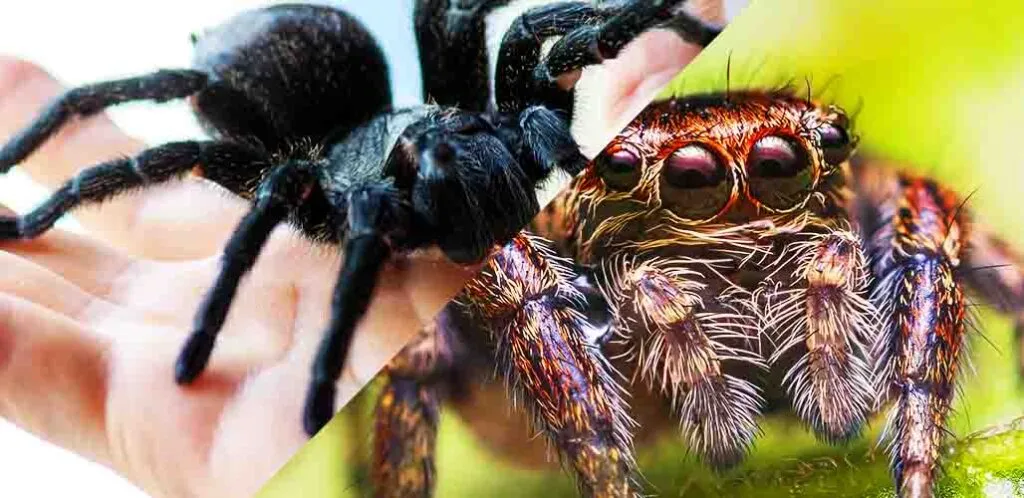
Spiders are found in virtually every terrestrial habitat on Earth, with the exception of extreme environments such as the open ocean. They have adapted to live in diverse locations, including forests, grasslands, deserts, and even urban areas. Their habitat preferences vary widely, with some spiders preferring to live in webs, while others are ground-dwelling hunters. Some species are aquatic, living near water bodies. Spider habitats range from simple burrows to elaborate webs. The specific habitat influences their behavior, their hunting strategies, and the types of prey they encounter. Their extensive geographic distribution speaks to their adaptability and the many ecological niches they have filled. Understanding a spider’s habitat is key to identifying the species and understanding its role in the ecosystem. The versatility of spiders allows them to coexist in various landscapes, adapting to different temperatures and environmental conditions.
Behavior and Temperament
Spider behavior is incredibly diverse, ranging from the intricate web-building activities of some species to the active hunting strategies of others. They are generally solitary creatures, but some species are social, living in colonies. Their temperaments vary significantly, from docile spiders that rarely bite to defensive spiders that will readily attack if threatened. Spiders employ different hunting methods, depending on their species, including the use of webs, ambushes, and active pursuit. Their behaviors are strongly influenced by environmental factors, such as temperature, humidity, and the availability of prey. Mating rituals and the care of their offspring also reveal their complex behaviors. Observing spider behavior is crucial for understanding their survival strategies and their roles in the ecosystem. Their capacity to adapt and thrive in various settings makes them highly fascinating subjects for research.
Hunting and Feeding Habits
Spiders are primarily carnivorous, feeding on insects and other small invertebrates. Their hunting habits vary greatly depending on the species. Some spiders build webs to trap their prey, while others actively hunt, using their speed and agility to capture their meals. Their feeding methods also differ, with some injecting venom to paralyze their prey, while others wrap their prey in silk before consuming it. The diet of a spider often depends on its size and the availability of prey in its habitat. The hunting strategies of spiders are highly specialized, and they have developed unique ways of capturing and consuming their prey. These hunting and feeding habits are important aspects of the spider’s survival, which significantly influence their role in the food chain and the balance of their ecosystems. The efficiency with which they capture and consume prey is a testament to their adaptations and their place in the natural world.
Key Differences Between Tarantulas and Spiders
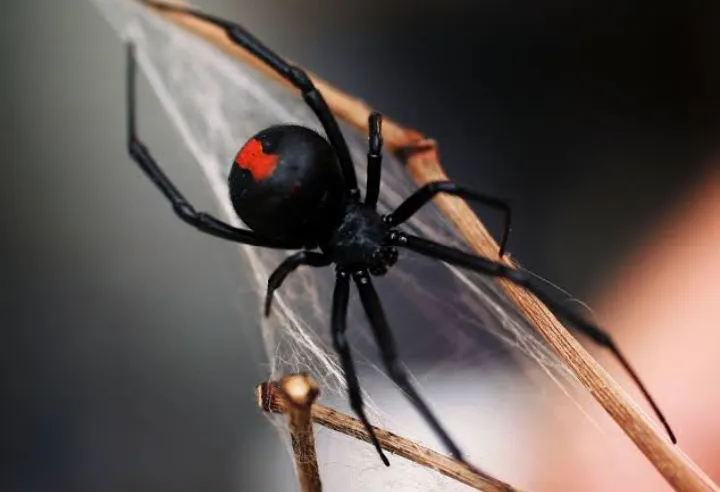
Size and Body Shape
The most apparent difference is size. Tarantulas are generally much larger, with a bulkier body shape and a greater leg span than most other spiders. While some spiders can grow large, the average tarantula is typically more substantial. This size difference is a quick way to distinguish between the two, especially when comparing them side by side. The overall build of a tarantula is often stockier, while many spiders exhibit a more slender appearance. The leg span is typically much broader on tarantulas. The significant size difference is a primary identifier, which makes it easier to recognize a tarantula from other spiders at a glance. It is a fundamental characteristic that greatly influences their behaviors and ecological roles.
Presence of Hair
While both tarantulas and spiders have hairs, the density and type of these hairs differ. Tarantulas are densely covered in setae, including urticating hairs used for defense. Spiders also have hairs, but their density is generally lower and the hairs are less specialized. The presence of urticating hairs is a unique characteristic of many tarantula species. Observing the hairs under magnification may also reveal subtle differences in their structure. This distinctive characteristic differentiates tarantulas from other spiders and reveals the evolutionary adaptations that protect them. The difference in hair coverage helps in understanding their respective defense mechanisms and their interactions with predators.
Venom and Bite
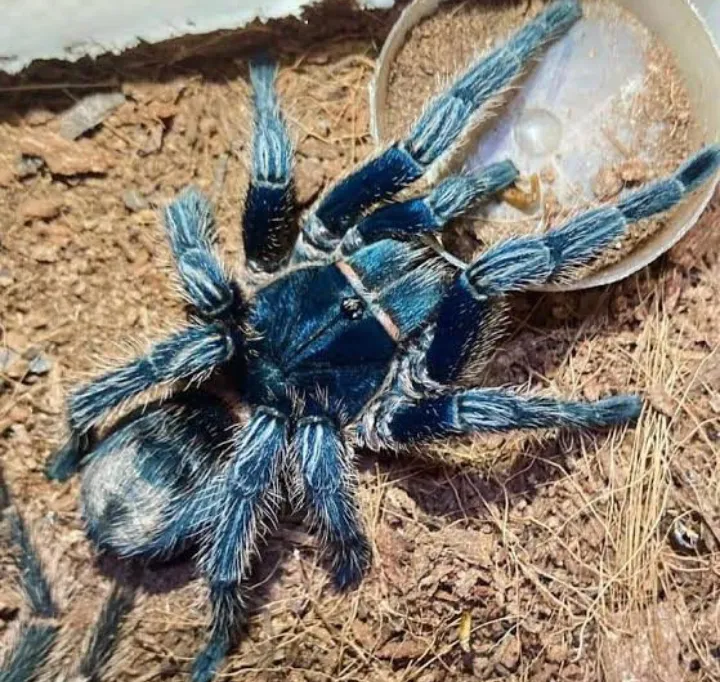
Both tarantulas and spiders possess venom, but the potency and effects of their bites can vary. Tarantulas are generally not considered to have medically significant venom for humans, and their bites are typically comparable to a bee sting. However, some spiders, such as the black widow, have potent venom that can cause serious medical complications. The size and strength of tarantulas, combined with their fangs, can result in a painful bite, even if the venom is relatively mild. The venom serves a different purpose for each species. For tarantulas, venom is primarily used to immobilize prey, and for other spiders, their venom can have a range of effects. Understanding the varying effects and potential dangers related to venom is an important factor in differentiating between different arachnids.
Web-building Abilities
Web-building is a distinguishing trait. While all spiders produce silk, not all spiders build webs to trap prey. Many spider species are known for their intricate webs, designed to catch insects and other small animals. Tarantulas, on the other hand, are not web-builders, but they use their silk to line their burrows or create a web-like structure for their retreat. Their hunting style is based on ambush and active pursuit, not primarily on the use of webs. This difference in behavior clearly distinguishes tarantulas from web-building spiders. Web-building abilities are also important from an ecological perspective, as they affect how different species hunt and interact with their environment.
Lifespan and Reproduction
Tarantulas have a longer lifespan than many spider species. Female tarantulas can live for over 20 years, while males typically live for only a few years. Spiders generally have shorter lifespans, often just a few years. The reproductive habits differ as well. Tarantulas lay eggs in silken egg sacs, while spiders lay eggs in similar sacs but can vary in their mating habits. These distinctions in the life cycle are significant for classifying spiders and tarantulas. The long lifespans of tarantulas also contribute to their overall survival and role in the ecosystem. The differences in reproduction and lifespan, therefore, provide crucial details when comparing tarantulas to other spider species.
Conclusion
Differentiating between tarantulas and spiders involves examining various physical characteristics, behaviors, and ecological roles. While both are arachnids, the key differences lie in their size, the presence of hair, their hunting strategies, web-building abilities, and lifespan. Tarantulas are characterized by their large size, hairy appearance, and non-web-building habits, whereas spiders exhibit a wider range of sizes, web-building skills, and diverse hunting methods. Appreciating these distinctions allows for a better understanding of the diversity within the arachnid family and their respective roles in the environment. Whether you encounter one in nature or are simply curious, knowing these differences will help you appreciate these fascinating creatures. Understanding how to identify tarantulas from spiders can also improve our overall knowledge of biodiversity and the natural world.
